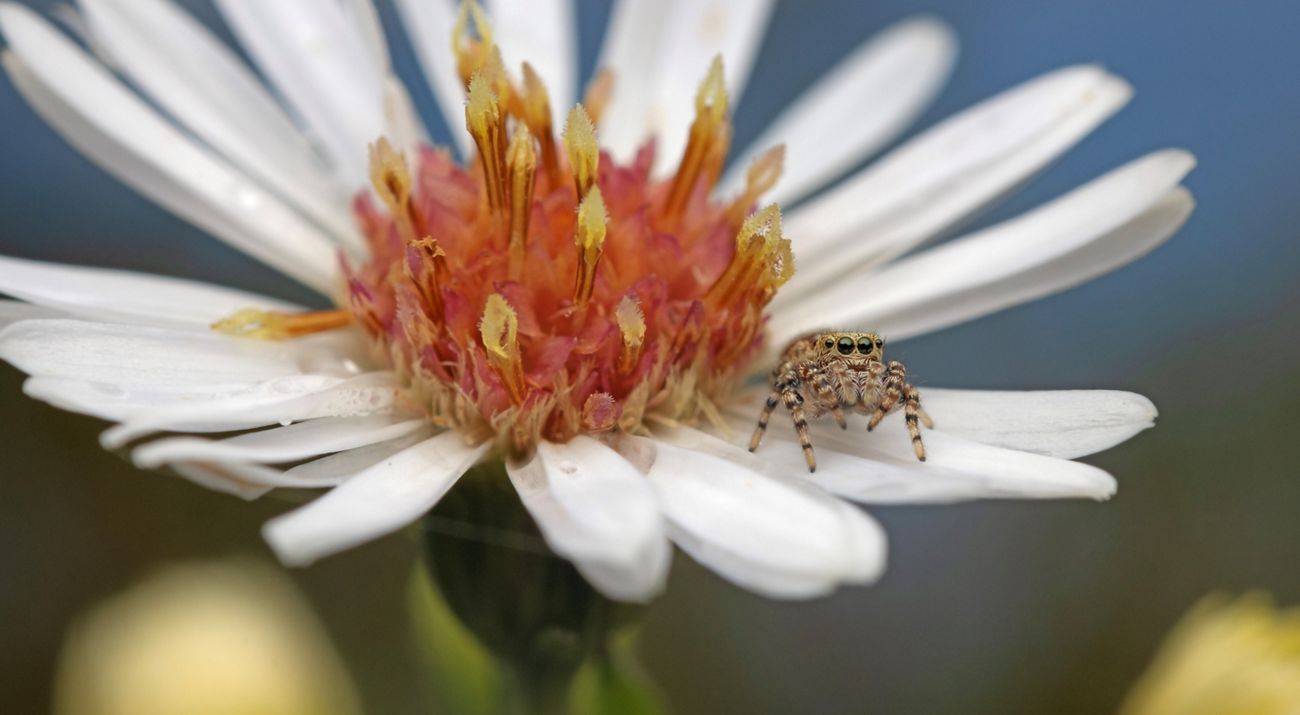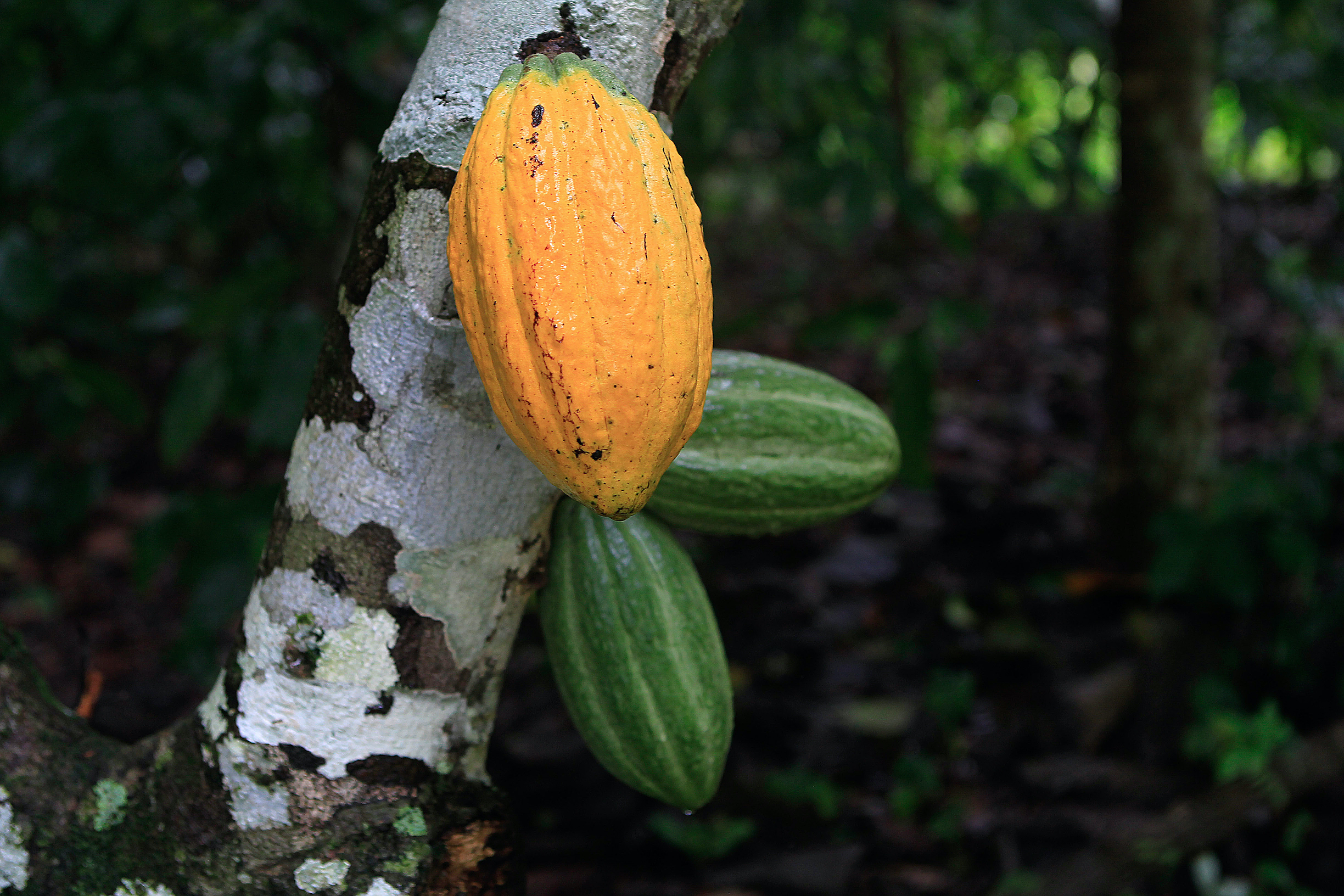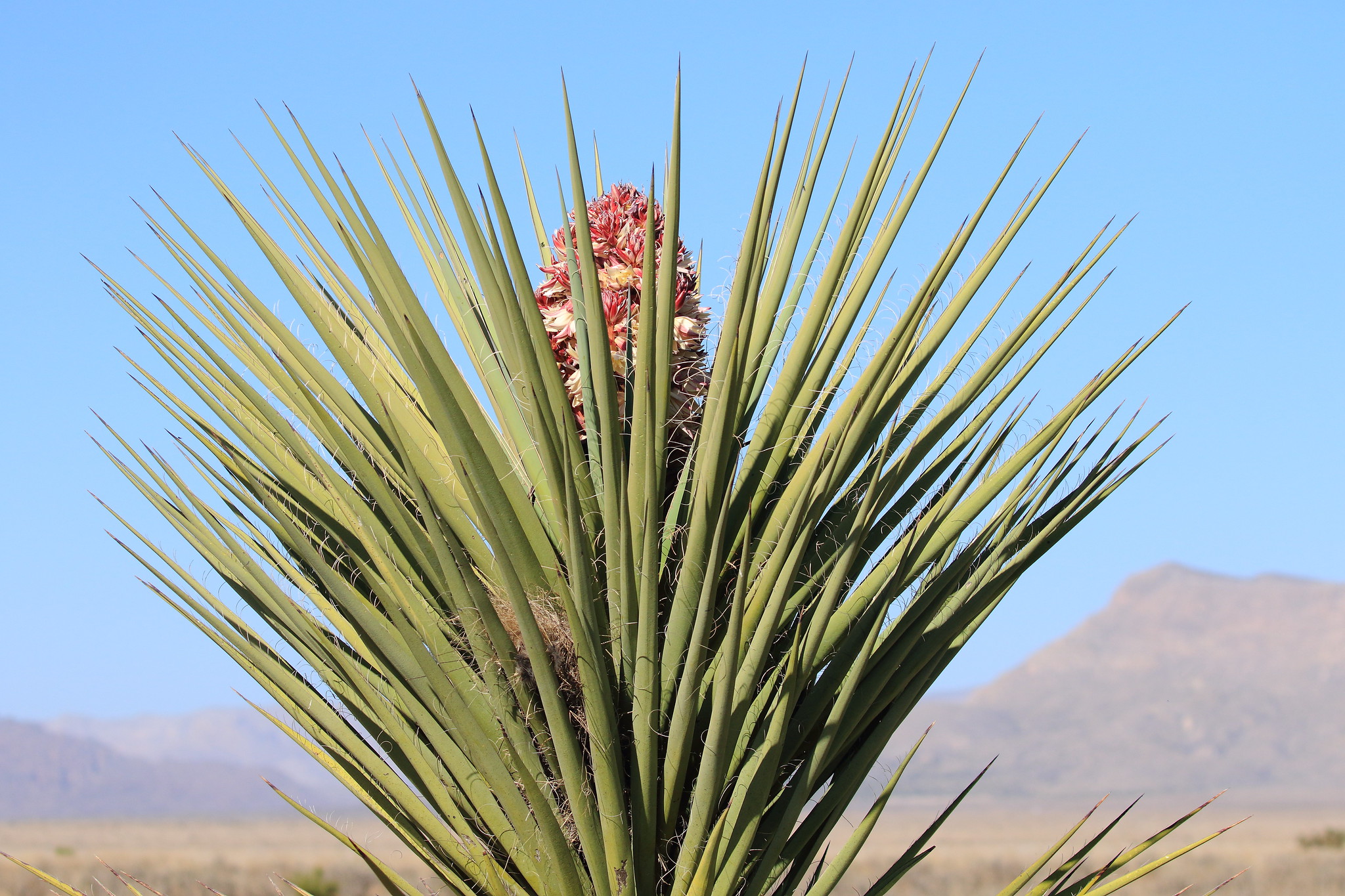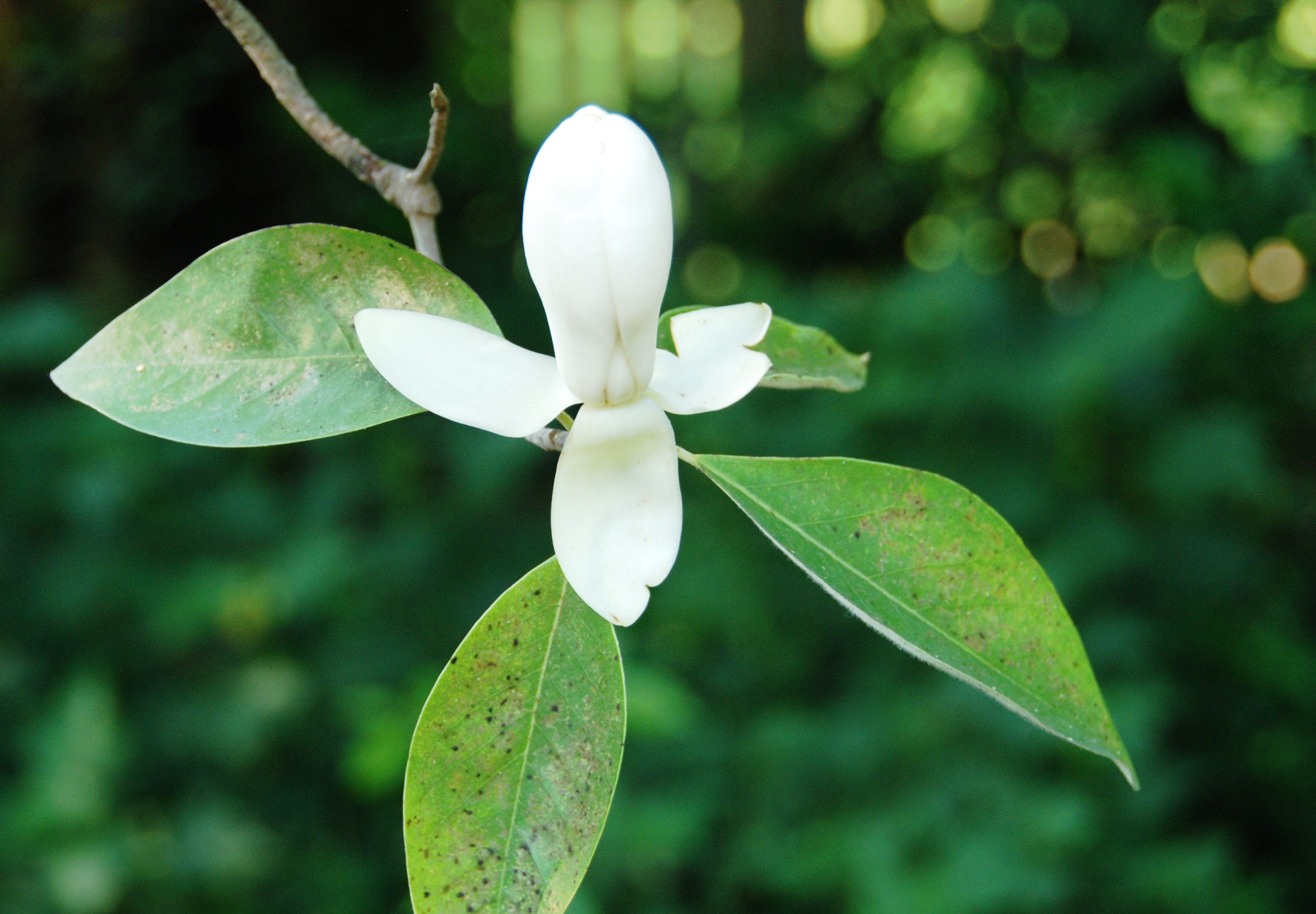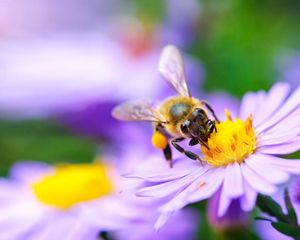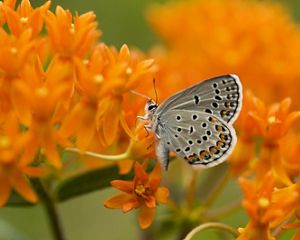Peculiar Pollinators in the Midwest
Bees and butterflies aren’t the only pollinators in town. Meet the underdogs of pollination.
In the midst of a bustling meadow, a butterfly rests delicately on a flower as it sips nectar with its long proboscis. A hummingbird darts from blossom to blossom with iridescent feathers glinting in the sunlight as it seeks out sweet nectar. A buzzing bumble bee gathers pollen on its fuzzy body, transferring it from one flower to another as it forages.
All around us, pollinators are hard at work, transferring pollen from the anther of one flower to the stigma of another. This simple yet profound process is responsible for the survival and reproduction of the world's flowering plants, including the fruits, vegetables, nuts and seeds that make up a significant portion of our diets. While not all plants require animals for pollination, wildlife plays a crucial role in pollinating approximately 80% of all flowering plants found on our planet. And when it comes to pollinators, bees, butterflies and hummingbirds are often painted as the sole heroes of the story. But there's an entire cast of lesser known, yet equally important, pollinators that work tirelessly to maintain the delicate balance of nature, often without getting the credit they deserve.
-
100
Number of U.S. crops that rely on pollinators
-

40%
of insects in decline globally
-
35%
of the world’s crops rely on animal pollination
-
>$235B
Value of insect pollination to agriculture in U.S.
From industrious spiders and formidable wasps to unassuming beetles and humble flies, these unsung heroes play a crucial role in pollination, quietly contributing to the health and diversity of nearly every ecosystem on Earth. That's why TNC is working to protect creatures like this that help to bolster biodiversity and provide our food in the Great Lakes and beyond.
In this article, we’ll take a closer look at some of these peculiar pollinators that deserve recognition for the parts they play in pollination and more.
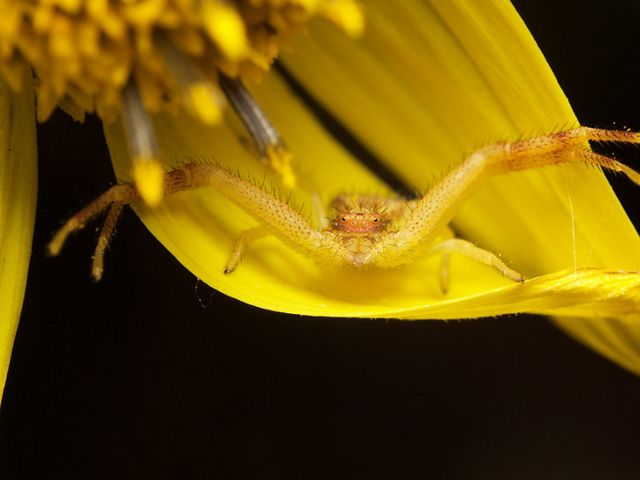
Spiders
Spiders are a diverse group of eight-legged arthropods that are found in nearly every ecosystem on Earth, from forests to prairies and in our own gardens. They are known for their silk-spinning abilities, which they use to create elaborate webs or cocoons for various purposes, including capturing prey.
But some spider species—like jumping spiders and crab spiders—are ambush predators, spending their days lurking in and among flowers in search of their next meal. As they roam from one bloom to another, they inadvertently pick up and transfer pollen, aiding in pollination of many plants. And the role of spiders in the ecosystem extends far beyond pollination. Scientists estimate that spiders devour as much as 800 million tons of prey every single year, making them a friend to farmers and gardeners alike.

Beetles
Beetles are the most common type of insect with around 350,000 species in the world and nearly 30,000 known species in the United States. It’s a good thing there are so many because beetles provide a number of benefits. They reduce problem insect populations, are a predator of aphids, and are important pollinators.
Around since the Mesozoic era, beetles are one of history’s first flower-visiting insects and are responsible for visiting more than 80% of today’s flowering species. Moving from bloom to bloom, they feed on pollen and then carry it with them on their bodies. Their tendency to eat through the flowers they visit hasn’t given them the best reputation. Despite this, it’s important to recognize the unique role they play in the ecosystem.
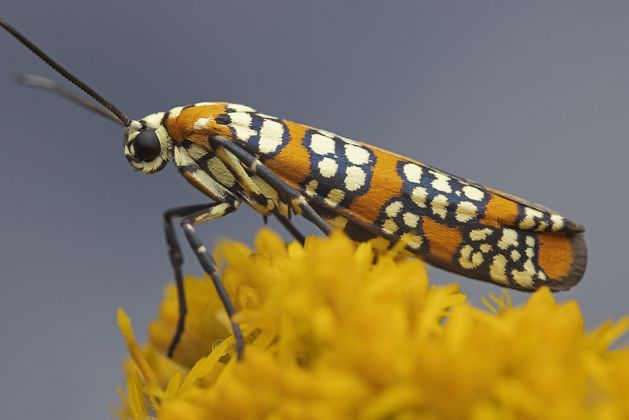
We Can’t Protect Pollinators Without You
Sign up to receive monthly conservation news about your state chapter.

Wasps
Unlike their relatives, bees, wasps are thought of more as pests than partners in the garden or the field. Their reputation as aggressive and territorial makes them more feared than loved by many. And yet, these incredible insects are actually amazing partners for us when it comes to gardening, farming, and helping ecosystems thrive. There are about 103,000 species of wasp in the world; some live in social colonies and others are solitary.
While most wasps are carnivorous, they also can’t survive on an insect-only diet. They also need to drink nectar or consume pollen to stay healthy. Both food sources mean that wasps end up pollinating plants as they seek prey or nectar and pollen. In fact, some studies have even shown that if bees are absent, wasps begin to fill in the gap as primary pollinators. Their insect-hunting also has another benefit for both gardens and wild ecosystems—they act as pest control, keeping populations of harmful plant-eating and invasive insects down.

Moths
The work of pollinators doesn’t end after the sun sets. This is especially true for moth pollinators, many of which are nocturnal. Despite often being overshadowed by butterflies, scientists estimate that there are ten times more moth species than butterfly species in the world. New studies have shown that pollinator moths are often able to pollinate flowers faster than their daytime counterparts too.
While they’re usually spotted flittering around porch lights at night, pollinator moths spend most of their moonlit hours zooming from flower to flower to drink their nectar, pollinating buds with each sip. Similarly to spiders, moths also tend to pick up and distribute pollen to the blooms on their nightly route thanks to their furry bodies. Next time you see these fuzzy friends near your patio lanterns after dusk, be sure to turn the lights off so these pollination powerhouses can begin their vital work.
Guess the Pollinator!
The world is filled with extraordinary examples of plant-pollinator partnerships that have evolved over millions of years. Challenge your knowledge & discover some of these extraordinary partnerships.
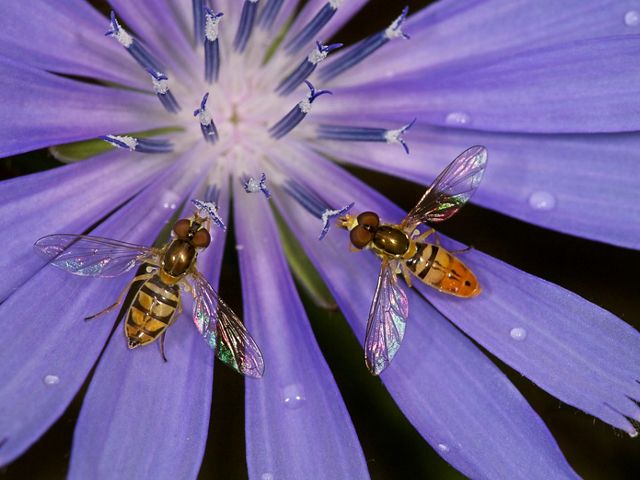
Flies
While often overlooked in favor of more charismatic pollinators such as bees and butterflies, flies play a crucial role in pollinating many plant species, particularly those with white or open structured flowers. In an analysis for the Annual Review of Entomology, Australia-based biologist Romina Rader estimated that flies were the most important pollinator after bees. One reason for this is that flies can be active at lower temperatures than bees. This adaptation allows plants that flower earlier in the season, and those that grow in higher altitudes to be pollinated.
One group of flies that is particularly important for plant pollination are the syrphid flies, also known as hoverflies. These flies are often mistaken for bees or wasps due to their striking yellow and black coloration, but they are harmless and play a key role in pollinating a wide variety of plant species. Syrphid flies are attracted to flowers by their often putrid or decomposing scent, and they feed on nectar and pollen while inadvertently transferring pollen between flowers.
